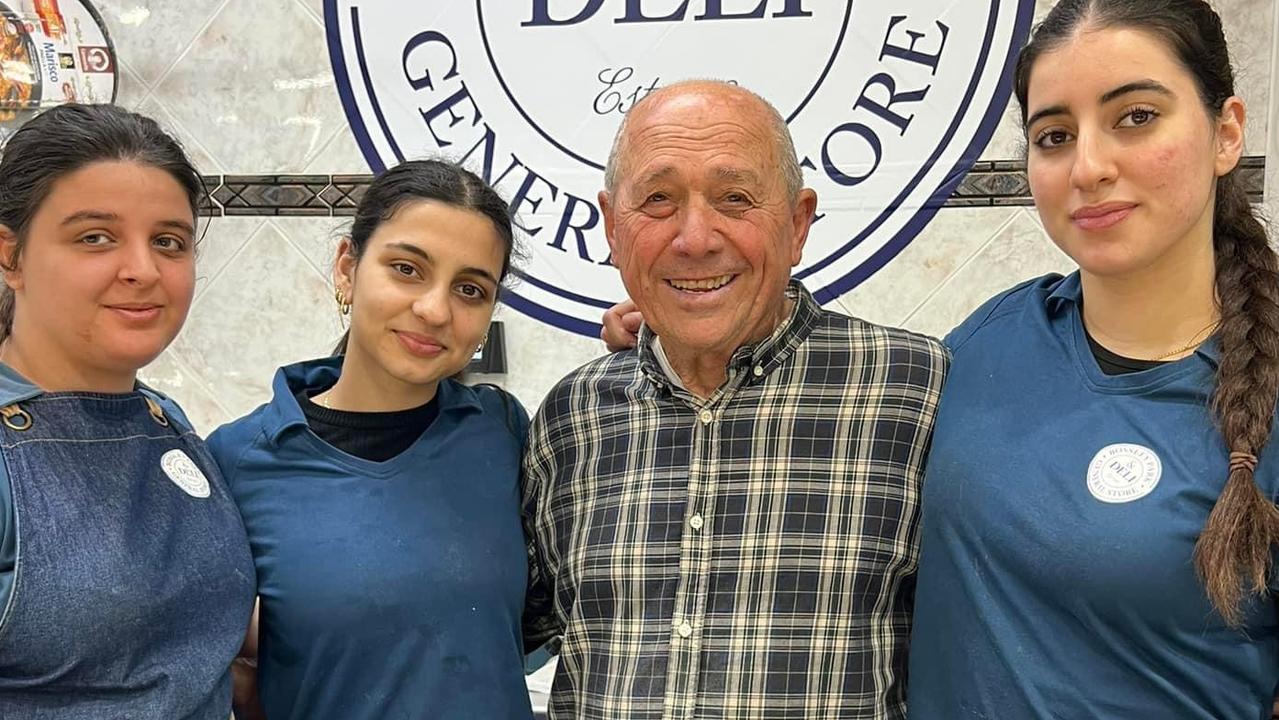Chris Dawson trial: Judge’s verdict on lies, unreliable evidence and fabrications
As murderer and former Sydney teacher Chris Dawson faces dying in jail after the state’s highest court threw out his appeal against his conviction for killing his wife, we revisit the lies the judge dismantled to find him guilty in 2022.
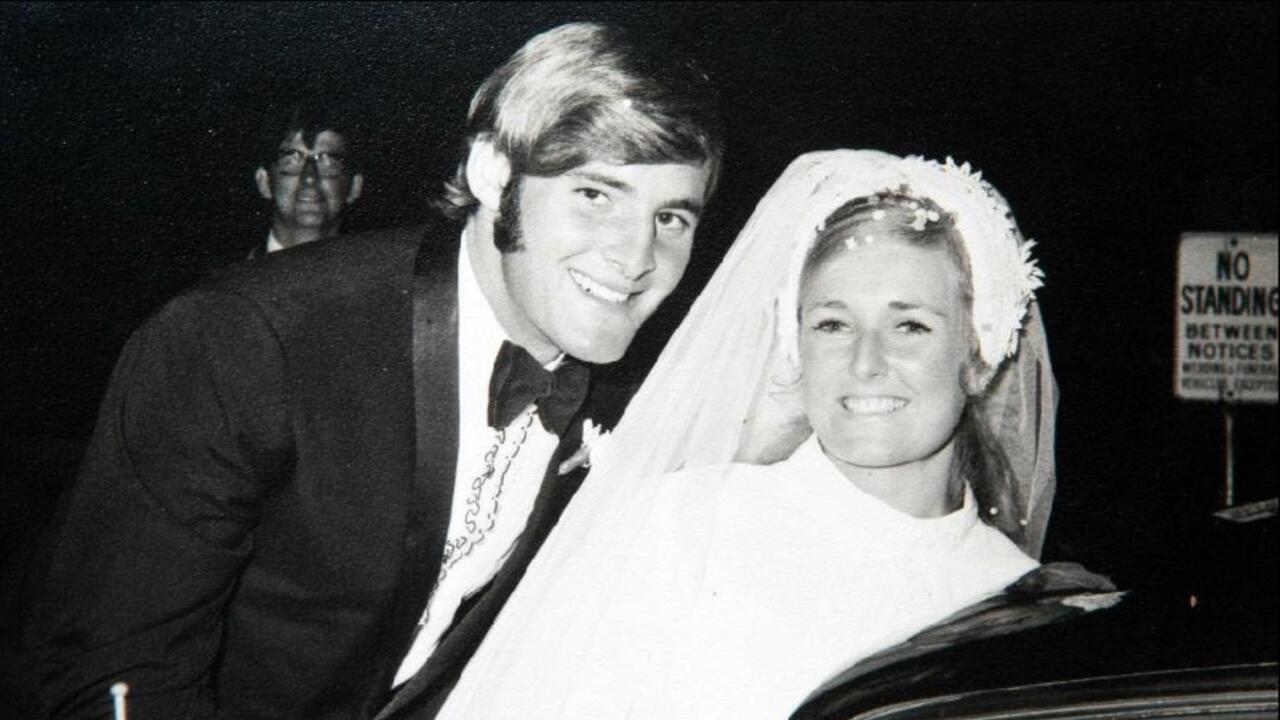
NSW
Don't miss out on the headlines from NSW. Followed categories will be added to My News.
Chris Dawson will die in jail after losing his murder conviction appeal. The court unanimously threw his bid out on Thursday. In 2022, in his five-hour summary before delivering his guilty verdict, Justice Ian Harrison dismantled Chris Dawson’s lies and exposed fabricated and unreliable evidence from defence witnesses.
Here’s his verdict on the claims made in court.
LIE
Chris Dawson claimed he received an STD call from Lynette at Northbridge Baths on the afternoon of January 9, 1982 in which she told him she needed some time to herself.
“I am satisfied beyond reasonable doubt that Dawson’s various representations that he spoke to (Lynette) on a call made to Northbridge Baths on that day is a lie,” Justice Ian Harrison said.
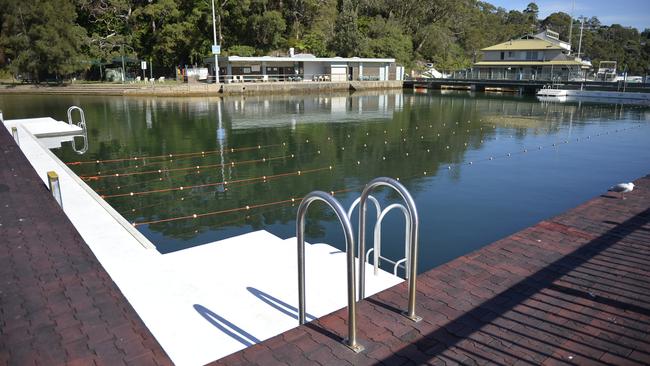
LIE
Dawson claimed he received a number of calls from Lynette after she disappeared saying she needed more time alone. No one else was ever present at the time.
The judge said she never called her mother, her siblings, workmates or friends. The judge the reported phone calls which lacked detail about her whereabouts or wellbeing “fabrications”.
“It is in my view fanciful to suggest that conversations as lacking in content and pregnant with cliche as those described by Mr Dawson occurred,” Justice Harrison said.
“I’m satisfied beyond reasonable doubt that Mr Dawson’s reported telephone calls with Lynette Dawson after January 9, 1982 are lies.”
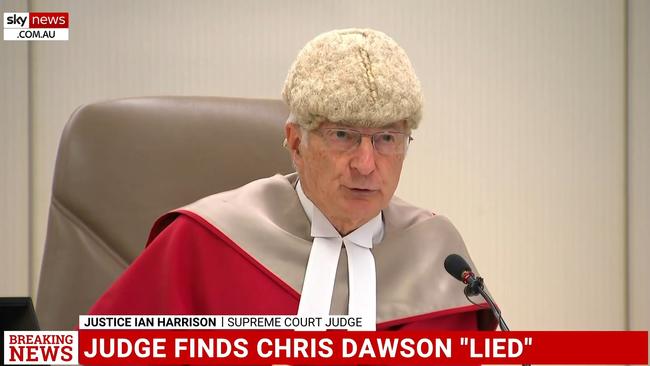
UNLIKELY
Justice Harrison said it was “unlikely” that Sue Butlin, the wife of one of Dawson’s rugby league teammates, Ray Butlin, had seen Lynnette at a fruit barn at Kulnura on the central coast and getting into a car. Lynette never had a driver’s licence.
FRAIL
Dawson family friend Elva McBay claimed to have seen a woman who looked like Lynette duck under the barricade and dash across Macquarie Street during the royal visit of Charles and Diana in 1983.
Justice Harrison said he was not satisfied the woman was Lynette. He said the evidence from the 101-year-old woman was “extremely frail on its face”.
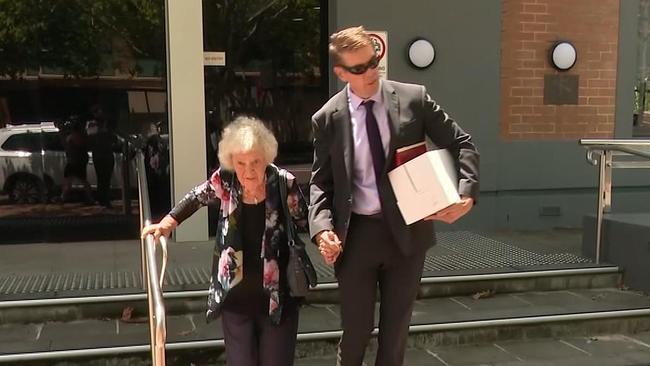
NOT SATISFIED
Former neighbours of the Dawsons, Peter and Jill Breese, claimed to have seen Lynette for five to 10 seconds standing at the nurses’ station at Rockcastle Private Hospital on the northern beaches two years after she disappeared.
The couple did not know Lynette had gone missing. Five nurses from the hospital at that time said they did not know Lynette.
Justice Harrison said Lynette had not renewed her nursing registration and was unlikely to abandon her life and then work so close to home.
“The Breeses’ evidence does not satisfy me that the woman they said they saw at the hospital was Lynette Dawson,” the judge said.
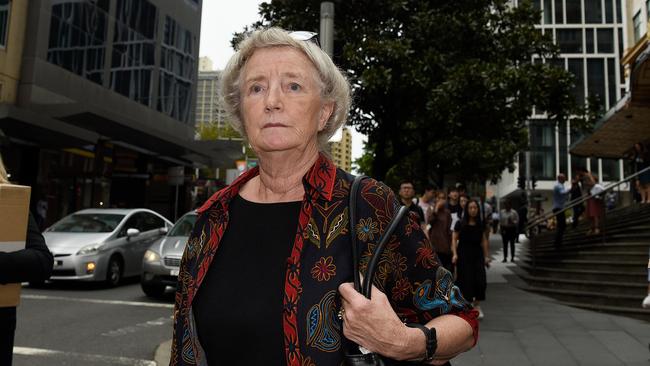
FABRICATION
Chris Dawson’s brother-in-law Ross Hutcheon, who has since died, claimed to have seen Lynette outside Gladesville Hospital. Justice Harrison said it was a fabrication.
“I am satisfied beyond reasonable doubt that Mr Hutcheon’s account to the police in 2019 is false to the extent that he saw Lynette Dawson at Gladesville as he alleges,” the judge said.
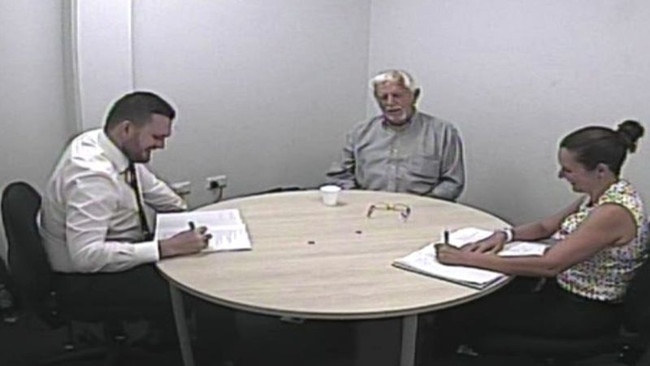
UNRELIABLE
Paul Cooper contacted Dawson’s solicitor Greg Walsh after Dawson was arrested and told the trial he had spoken to someone he was sure was Lynette Dawson at the Warners Bay Hotel in 1982 and believed she had left her husband to set him up for murder.

Justice Harrison said that after a history of drug use and years in jail and watching his father murder his mother when he was nine, Cooper “could not be described as the feather in fortune’s cap”.
The judge said he did not believe Cooper was lying but thought his evidence “completely unreliable”.
NOT SATISFIED
Dawson’s young love JC told the court he had driven her over the Harbour Bridge to a pub where he left her in the car. She said he said he had gone to look for a hit man to kill his wife but decided against it in case innocent people got hurt.
Justice Harrison said it was “improbable in the extreme” anyone would tell their impressionable young lover this.
“I’m not satisfied that Dawson ever said to JC that he had contemplated hiring a hit man to kill Lynette Dawson.”
FABRICATION
Justice Harrison said the evidence of a rugby league teammate and career criminal Robert Silkman that Dawson asked him in 1975 if he knew anyone who could get rid of his wife was “entirely improbable”.
“I consider it a fabrication,” the judge said.

NOT TRUE
Dawson had said in an affidavit in Family Court proceedings after he and JC split up that she had not moved into the Bayview home where he had lived with Lynette until April 1982.
Justice Harrison said that was not true and JC had moved in a couple of days after Dawson murdered his wife.
UNRELIABLE
A former co-worker of Lynette’s, Anna Grantham, had told the court that Lynette told her Dawson had pushed her face into the mud next to their swimming pool and held her face down as she gasped for air.
Justice Harrison said he believed she was influenced by the publicity that exploded over 30 years afterwards. Her evidence was “unreliable”, the judge said.
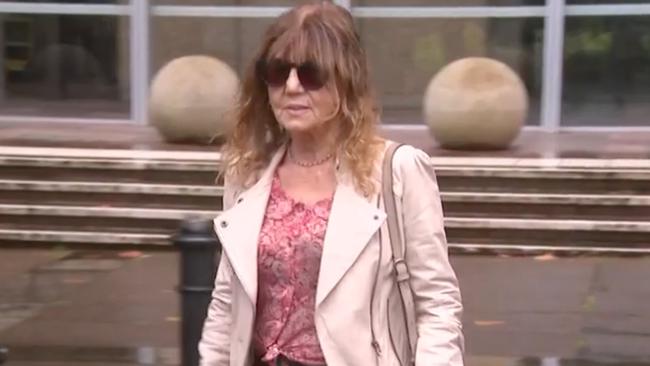
UNLIKELY
Another former co-worker of Lynette’s, Annette Leary, said she saw extensive bruising on her neck. Claims Lynette said she and Chris were in a lift going to marriage counselling when he gripped her throat and said: “I am only doing this once and if it doesn’t work, I’m getting rid of you.”
Justice Harrison said it was “unlikely” to have occurred and that Ms Leary may have been influence with her involvement in The Teacher’s Pet.
More Coverage
Originally published as Chris Dawson trial: Judge’s verdict on lies, unreliable evidence and fabrications




